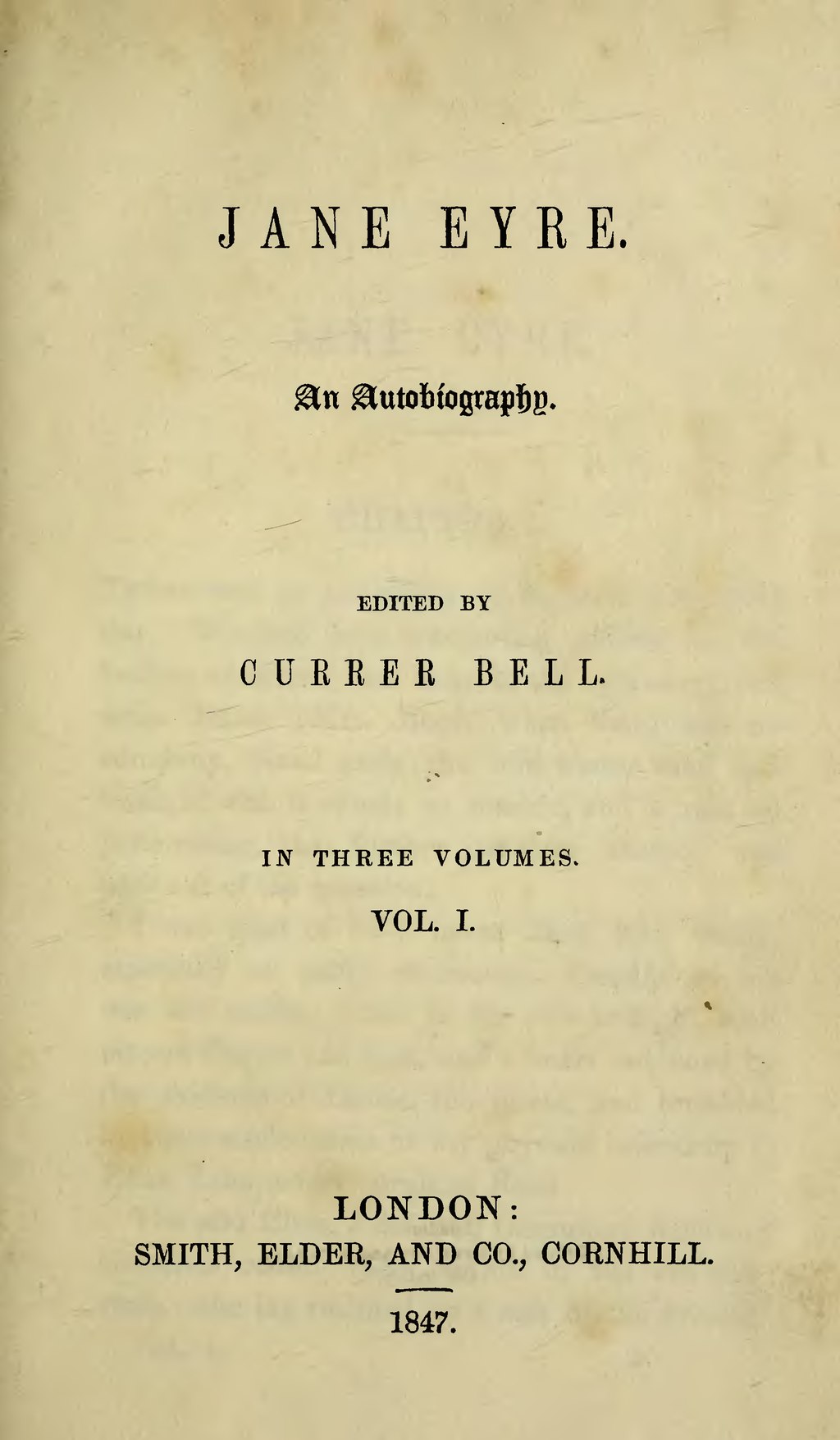|
Bly De Blyant
Bly may refer to: Places ;In the United States *Bly, Missouri, a ghost town *Bly, Oregon, a small town in Oregon Other *Bly (surname) *Bly, the fictional setting of ''The Turn of the Screw ''The Turn of the Screw'' is an 1898 horror novella by Henry James which first appeared in serial format in ''Collier's Weekly'' (January 27 – April 16, 1898). In October 1898, it was collected in ''The Two Magics'', published by Macmill ...'' See also * Bligh (other) {{disambiguation, geo ... [...More Info...] [...Related Items...] OR: [Wikipedia] [Google] [Baidu] |
Bly, Missouri
Bly is an extinct town in southwest Howell County, in the Ozarks of southern Missouri. The location is on Bennetts Bayou Bennetts Bayou is a stream in the U.S. states of Arkansas and Missouri. The stream source is in Howell County, Missouri, just south of US Route 160 west of Hocomo. The stream flows southwest into Ozark County, Missouri, and under Missouri Route 14 ..., approximately 3.5 miles southeast of Caulfield. Bly was named after the horse of an early settler. A post office called Bly was established in 1887, and remained in operation until 1923. In the 1920s, the community was ruined by fire. References Ghost towns in Missouri Former populated places in Howell County, Missouri {{HowellCountyMO-geo-stub ... [...More Info...] [...Related Items...] OR: [Wikipedia] [Google] [Baidu] |
Bly, Oregon
Bly is an unincorporated small town in Klamath County, Oregon, United States. By highway, it is about east of Klamath Falls. , the population was 207. Geography Bly is in southeastern Klamath County, slightly west of Lake County, along Oregon Route 140. By highway, it is about west of Lakeview and east of Klamath Falls. Fish Hole Creek, which flows through the community, meets the South Fork Sprague River slightly north of Bly. Fremont National Forest surrounds Bly except on the northwest. Gearhart Mountain Wilderness is about northeast of Bly. Climate This region experiences warm (but not hot) and dry summers, with no average monthly temperatures above . According to the Köppen Climate Classification system, Bly has a warm-summer Mediterranean climate, abbreviated "Csb" on climate maps. History The name ''Bly'' comes from the Klamath word ''p'lai'', meaning 'up' or 'high', referring to its location at the upper Sprague River. The Sprague River post office was e ... [...More Info...] [...Related Items...] OR: [Wikipedia] [Google] [Baidu] |
Bly (surname) (1935–2009), footballer who played for Norwich City and Peterborough United
{{surname, Bly ...
Bly is a surname. Notable people with the surname include: * Carol Bly, short story writer * John Bly, English antiques specialist * Mary Bly, author who publishes under the name Eloisa James * Nellie Bly, pen name of Elizabeth Cochrane Seaman, American journalist, author, industrialist, and charity worker * Robert Bly (1926–2021), author of ''Iron John'' (book) * Terry Bly Terence Geoffrey Bly (22 October 1935 – 24 September 2009) was an English football striker. Career He was renowned for his goalscoring prowess, most notably for Norwich City and Peterborough United, scoring a record 54 goals in the latter' ... [...More Info...] [...Related Items...] OR: [Wikipedia] [Google] [Baidu] |
The Turn Of The Screw
''The Turn of the Screw'' is an 1898 horror novella by Henry James which first appeared in serial format in ''Collier's Weekly'' (January 27 – April 16, 1898). In October 1898, it was collected in ''The Two Magics'', published by Macmillan in New York City and Heinemann in London. The novella follows a governess who, caring for two children at a remote estate, becomes convinced that the grounds are haunted. ''The Turn of the Screw'' is considered a work of both Gothic and horror fiction. In the century following its publication, critical analysis of the novella has undergone several major transformations. Initial reviews regarded it only as a frightening ghost story, but, in the 1930s, some critics suggested that the supernatural elements were figments of the governess' imagination. In the early 1970s, the influence of structuralism resulted in an acknowledgement that the text's ambiguity was its key feature. Later approaches incorporated Marxist and feminist thinking. T ... [...More Info...] [...Related Items...] OR: [Wikipedia] [Google] [Baidu] |
_(lakDA0010).jpg)
